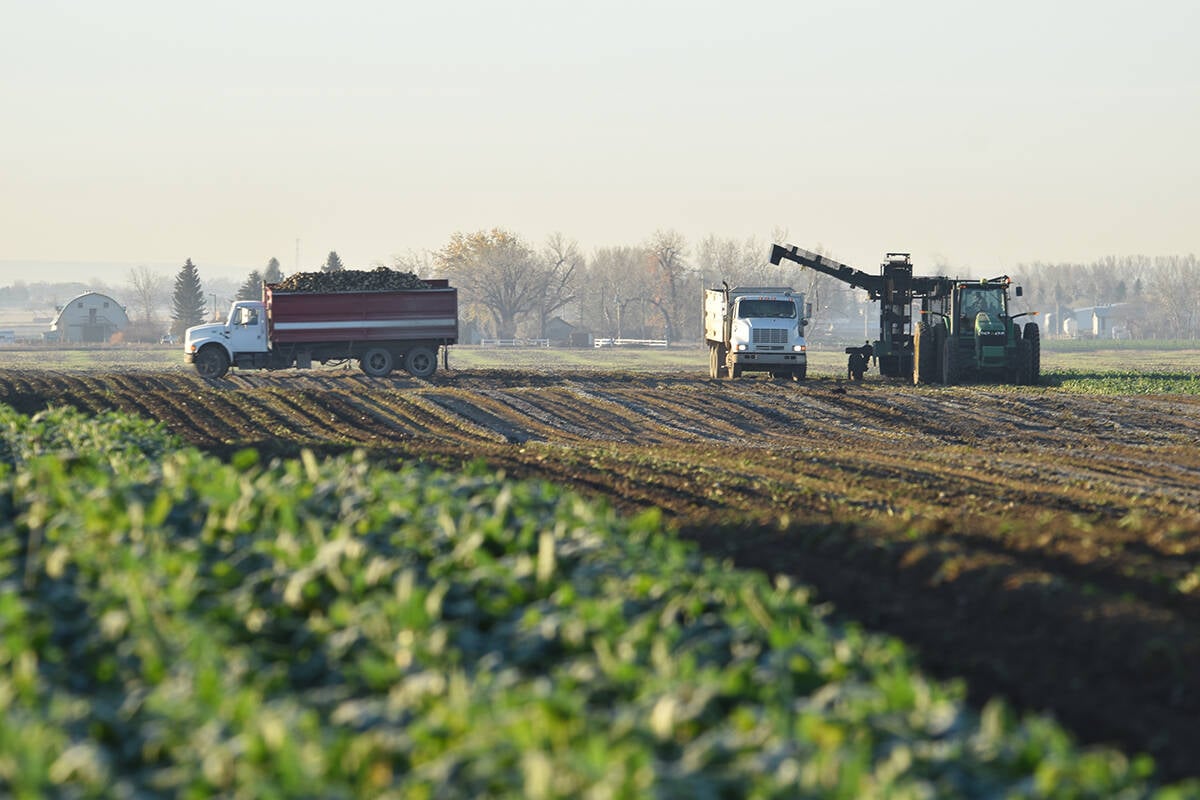The 35th edition of Canadian Western Agribition, one marked by change, is in the history books.
The record will show that it was a success, said general manager Leon Brin.
“Of the four shows that I’ve been involved with, this is the one that gave me, personally, the most satisfaction,” he said Nov. 28.
“The plan going in was a little more complicated than it has been in the past,” he said, referring to the changes made in the look and layout of the show, due largely to the addition of 90,000 sq. feet of trade show space in a new building at Regina Exhibition Park.
Read Also

Canada the sole G7 nation without a Domestic Sugar Policy to aid local sugar beet production
Canadian sugar beet industry vastly different to US with free-market system compared to protective government-regulated sugar program
Brin said 95 percent of the plan worked the way it was supposed to. The remaining five percent will be improved for next year.
He declined to say what didn’t work, but noted there will likely be some changes to help people move more easily around the grounds next year.
Scheduling changes won’t be determined until feedback is in from all the committees involved in the show.
Attendance figures were not available at press time on Nov. 28 but are expected to be on par with the five-year average of 140,000.
“I really think that the crowd we had was better than last year,” said Brin. Last year’s crowd was right on that average number.
The week kicked off with visitors establishing a record in the Guinness Book of World Records for a new category entitled “Largest food drive by a non-charitable organization in a 24-hour period.”
Visitors were asked for either a food donation or a minimum $2 cash to get in on opening day. Farm Credit Canada and Purolator collected food weighing in at 29,131 pounds and cash donations of $8,576.38 to earn the record.
The week’s top-selling animal was a half-interest in a Black Angus bull, consigned by Hamilton Farms of Cochrane, Alta., which sold for $45,000 to Soo Line Cattle Co. of Midale, Sask., and Geis Angus of Barrhead, Alta.
The high seller in the bison sale was a $7,100 bull offered by Silver Creek Bison of Binscarth, Man., and purchased by Marshall Patterson of Moose Jaw, Sask.
In Canada’s Select Ranch Horse Sale, a bay mare consigned by Harold McLeod of Brookdale, Man., sold for $11,500 to 3-L Cattle Co. in Naicam, Sask.
The top international sale was $17,500 paid for a Shorthorn bull by two Irish breeders.
The show recorded international attendance of 388 registered guests from 47 countries and 17 American states. Delegations included people from Russia, Australia and New Zealand.
Those numbers are down from last year, but Brin said the number of qualified buyers seemed to be larger.
Final sales figures had not yet been calculated before Western Producer deadlines.
Private sales in the barns were strong and Brin said people were more open than in past years about what types of sales were going on in the stalls.
During the week, Agribition recognized the Saskatchewan Trade and Export Partnership with the Jim Lewthwaite award for its international promotion of the show.
The Chris Sutter award went to past-president and Simmental breeder Bill Small of Craven, Sask., for his contribution to the show.
Brin said the Canadian Cowboys’ Association rodeo finals event, which replaced pro rodeo, was well received. At least two sell-out crowds were reported.
“I think we’re going to show that our numbers grew,” he said, adding that the downward trend in rodeo attendance was likely reversed.
One of the priorities before the 2006 show, which runs Nov. 20-25, is to work with Regina Exhibition Park on improving its aging facilities.
“We know the park is doing its best to come up with a plan,” Brin said. “We’re willing to be a part of it.”
He added facilities in many centres have been improved and Agribition wants visitors to have the best impression of Regina’s buildings.
“We’re not looking for Cadillac but we need something better than we have.”















